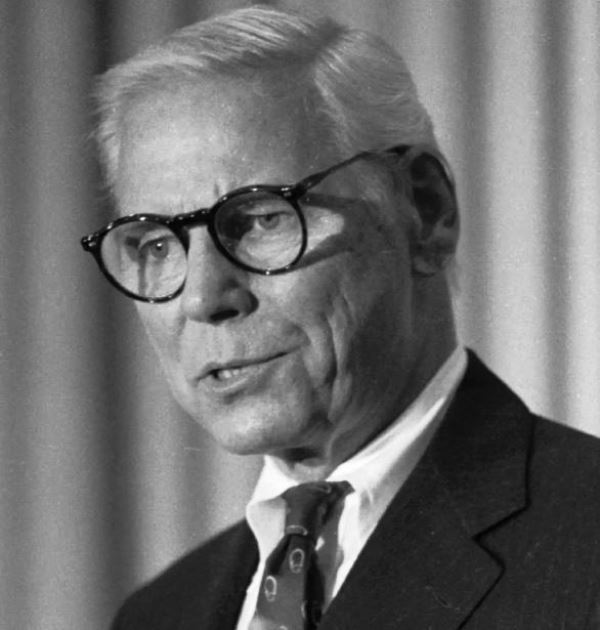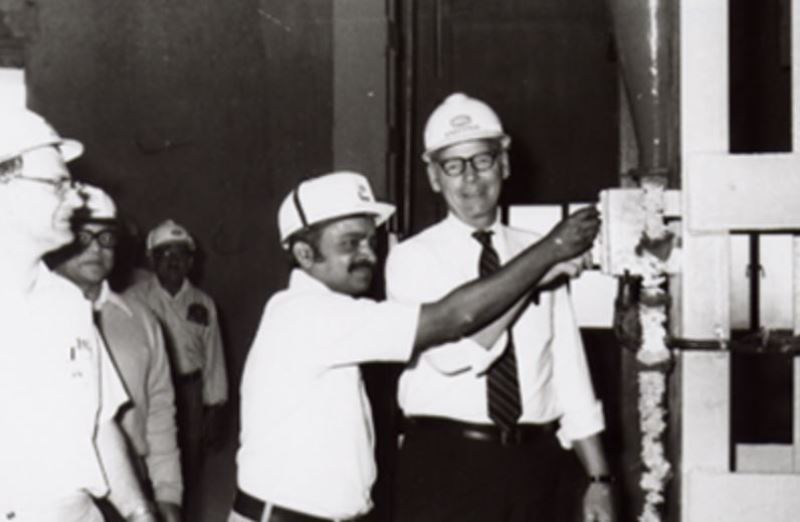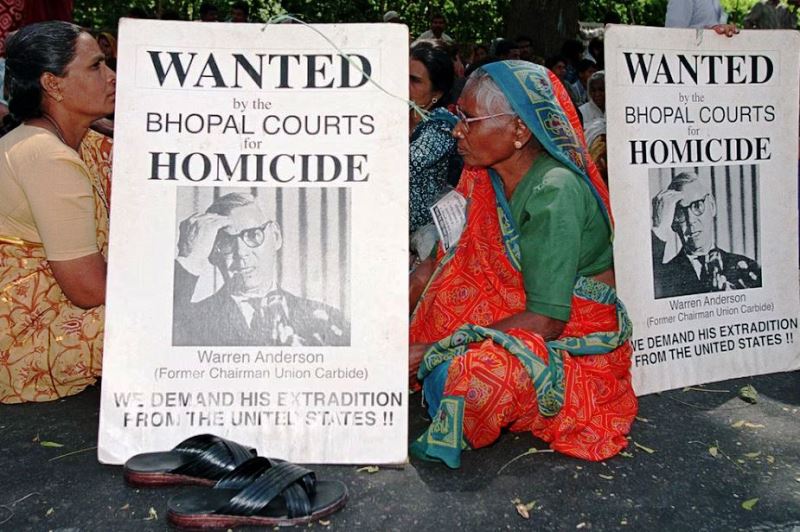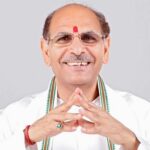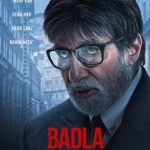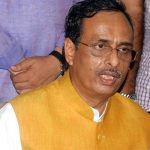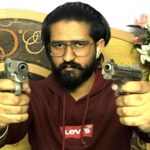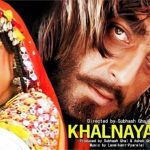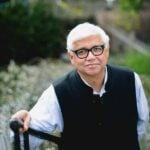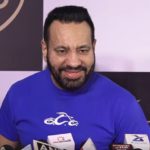Warren Anderson Age, Death, Wife, Family, Biography & More
Quick Info→
Age: 92 Years
Death Date: 29/09/2014
Wife: Lillian Anderson
| Bio/Wiki | |
|---|---|
| Full name | Warren Martin Anderson [1]The Telegraph |
| Profession | Businessman (Chairman and CEO of the chemical company Union Carbide Corporation (UCC)) |
| Personal Life | |
| Date of Birth | 29 November 1921 (Tuesday) |
| Birthplace | Brooklyn, New York City, US |
| Date of Death | 29 September 2014 |
| Place of Death | A nursing home in Vero Beach, Florida, USA |
| Age (at the time of death) | 92 Years |
| Zodiac sign | Sagittarius |
| Nationality | American |
| Relationships & More | |
| Marital Status (at the time of death) | Married |
| Family | |
| Wife/Spouse | Lillian Anderson |
| Children | He had no children. [2]The Telegraph |
| Parents | Names Not Known Note: His father was as a carpenter. |
Some Lesser Known Facts About Warren Anderson
- Warren Anderson was an American businessman who was the Chairman and CEO of the chemical company Union Carbide Corporation (UCC) at the time of the 1984 Bhopal Gas Tragedy, the deadly gas leak in which over 500,000 people were exposed to a highly toxic gas emitted from the Union Carbide pesticide plant in Bhopal. Anderson was held responsible for the catastrophic incident and homicide charges levelled against him by Indian courts. However, he didn’t answer any summonses and remained a fugitive from India’s courts throughout his life, while the US government refused to extradite him. He died in Florida on 29 September 2014.
- He was born to Swedish immigrant parents, who were settled in the Bay Ridge, New York City borough of Brooklyn.
- His parents named him after Warren G. Harding, who was the president at the time.
- As a kid, he would assist his carpenter father in laying floors and distributing copies of The Brooklyn Eagle newspaper.
- He went on to secure academic and sports scholarships to Colgate University in New York, where he majored in chemistry.
- After graduation in 1942, he joined the Navy and underwent training to become a fighter pilot; however, he did not experience any combat.
- During his time in the Navy, he participated in football for a team coached by the renowned Bear Bryant.
- Following his military service, he explored opportunities in various chemical companies and accepted the first job offer he received, which happened to be with Union Carbide.
- Starting as a salesperson, he progressed through the ranks and eventually took on managerial responsibilities in Europe, Latin America, Africa, and the Middle East. He held roles in diverse divisions of the company, including chemicals, plastics, gas, metals, and carbon.
- He earned a law degree from Western Reserve University (now Case Western Reserve) in Cleveland, Ohio in 1956 while working for Union Carbide.
- Prior to the 1984 Bhopal Gas Tragedy, his primary concern was the company’s failure to meet anticipated financial targets. In 1979, during his tenure as president and chief operating officer, Union Carbide aimed for $13 billion in sales by 1983 but fell short. It achieved only about $9 billion and the profits went down by more than 90 percent.
- Upon assuming the roles of chairman and chief executive in 1982, Anderson implemented efficiency measures, boosted sales, and took over other companies, like STP Oil. However, this period also marked the company’s growing reputation as a polluter. Before the tragic event, Anderson was overseeing 700 plants in over three dozen countries.
- On the night of 2–3 December 1984, a chemical disaster occurred at the Union Carbide India Limited (UCIL) pesticide facility in Bhopal, Madhya Pradesh. This incident led to the exposure of over 500,000 people in the nearby towns to the extremely hazardous gas known as methyl isocyanate (MIC). Regarded as one of the most fatal industrial accidents globally, the tragedy resulted in injuries to over half a million people, with more than 3,000 deaths caused due to illnesses such as lung cancer, kidney failure, and liver disease.
- Indian Journalist Rajkumar Keswani wrote numerous articles from 1982 to 1984 highlighting the inadequate safety standards at the plant in Bhopal and predicted that it could lead to a catastrophic gas leak, but no one paid heed to his warnings. On 26 September 1982, he published his first article about inadequate safety standards of the plant titled “Bachaiye Huzoor Is Shahar Ko Bachaiye” (Sage, please save this city) in the local publication, Rapat. He repeated the warning in two follow-up articles titled “Jwalamukhi Ke Muhane Baitha Bhopal” (Bhopal sitting on the brink of a volcano) and “Na Samjhoge To Aakhir Mit Hi Jaoge” (If you don’t understand, you all shall be wiped out) on 1 and 8 October 1982, in newspapers like Jansatta. His report gained national attention when The Indian Express shared it.
- As the CEO of UCC, Anderson faced manslaughter charges, with an FIR filed against him at Bhopal’s Hanumanganj Police Station. He arrived in Bhopal four days after the accident and was immediately arrested. On that same day, he secured release on bail, was transported to Delhi via a special government aircraft, and left the country. He did not return to India for trial, and there were allegations that he evaded extradition with the support of the United States government.
- In 1987, the CBI filed a chargesheet against Anderson and 11 others, including UCC (USA), Union Carbide (Eastern) Hong Kong, and UCIL. Union Carbide, in his defence, argued that the managers at the Bhopal plant could not have foreseen the gas leak. In February 1989, the CJM, Bhopal, issued a non-bailable warrant against Anderson for consistently ignoring summons.
- In the same year, Union Carbide paid $470 million to the Indian government to settle the legal disputes. Despite the settlement, continuous calls for Anderson’s prosecution continued in India, fueled by politicians and the media. Arrest warrants were periodically issued against him and survivors of the tragedy conducted protests against him.
- In August 2009, an Indian court issued an arrest warrant for Anderson and directed the Indian government to request his extradition from Washington.
- He spent the rest of his life eluding the numerous summonses by Indian courts. He quietly lived migrating between his homes in Vero Beach, Greenwich, Connecticut, and Bridgehampton, New York.
- He spent the later years of his life gardening and fishing with his wife. He also baked Swedish bread, following an old family recipe.
- On 29 September 2014, Anderson passed away at a nursing home in Vero Beach, Florida, USA. Prior to his death, the Indian government had repeatedly sought his extradition and officially labelled him a fugitive. An Indian judge also referred to him as an absconder.
- His family did not announce his death, and it remained relatively unnoticed until an article was published in Vero Beach 32963, a weekly publication covering the Vero Beach barrier island.
- In 1984, The Times published an article mentioning that Anderson had a paperweight on his desk that quoted his favourite Chinese proverb,
Leader is best when people barely know he exists.”
References/Sources:

